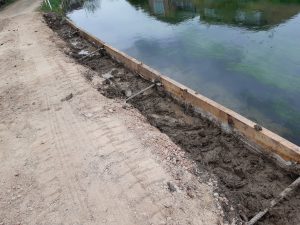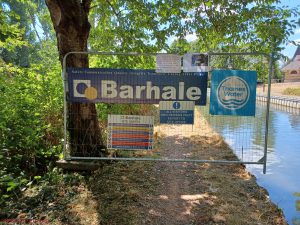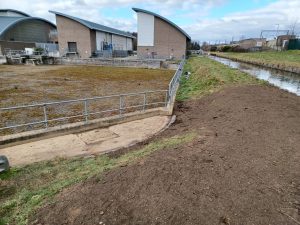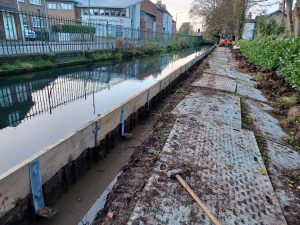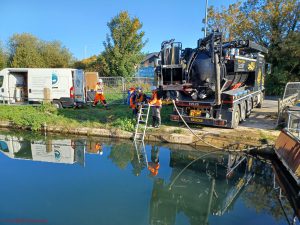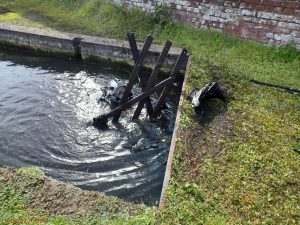The historic, national importance of the New River
6th August 2024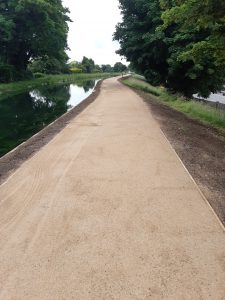 Let’s take a look back at some of the work we have been doing on our New River Projects for Thames Water. The New River is an important water supply conduit, transferring raw water from the River Lea (between Hertford and Ware) in Hertfordshire into Islington in Central London – a distance of approximately 45km.
Let’s take a look back at some of the work we have been doing on our New River Projects for Thames Water. The New River is an important water supply conduit, transferring raw water from the River Lea (between Hertford and Ware) in Hertfordshire into Islington in Central London – a distance of approximately 45km.
The New River site is of national historic importance, having been in continuous use for the provision of public water. The New River was constructed in the 17th Century and is approximately 10m wide and carries between 600mm and 1m depth of water. The New River flowed in open channel into the site until 1892, when it was put in pipe and covered. In 1946, the water supply to the New River was truncated at Stoke Newington with the New River ending at the East Reservoir.
The New River site however, still retains its association with London’s water supply through both the London ring main and the rising groundwater scheme. It carries about 200ml of water into London per day, supplying reservoirs and water treatment works along Lea Valley.
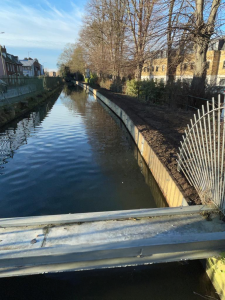 As part of its ongoing maintenance programme for Thames Water, Barhale have carried out essential works along the river over the last four years, repairing revetments caused by rotting timber supports and collapsing banks, caused by the roots, crayfish burrowing and water leaks, washing banks away.
As part of its ongoing maintenance programme for Thames Water, Barhale have carried out essential works along the river over the last four years, repairing revetments caused by rotting timber supports and collapsing banks, caused by the roots, crayfish burrowing and water leaks, washing banks away.
At Broxbourne station, we replaced an existing 165m wooden revetment along the river and filling boards with compacted clay. In addition, all existing anchor systems were replaced with new ones and the footpath reinstated like for like.
At Reed Place, we removed blockages under the bridge and installed a new weed grill with proprietary winches. We extended existing revetment made by sheet piles with timbers to achieve 300mm in height to mitigate residents getting flooded when river levels are high.
At Finsbury Park, we excavated sinking ground behind existing revetment to stop leakage by replacing with puddled clay compacted in layers (terram and chicken wire), topsoil and grass seed.
At Essex road, we were again excavating behind existing revetment made by sheet piles but our works on this site comprised two sections. The first section was upstream working on the existing shaft, which was 69m long, 0.5m wide and 1.2m deep.
The works were not without complications, mainly to do with access. Often the banks were only accessible by transporting all materials in and out along 2-4m wide tracks from the nearest road crossings. In addition, on some of our works, plastic pontoons were utilised to aid our access. Many of the tracks along the banks were public footpaths, so closures and diversions were required from the local authority to enable works to be done safely.
A big thank you goes to Jimmy Gill and Adrian Ungureanu and their wider team for all their hard work and commitment in carrying out these important works.
